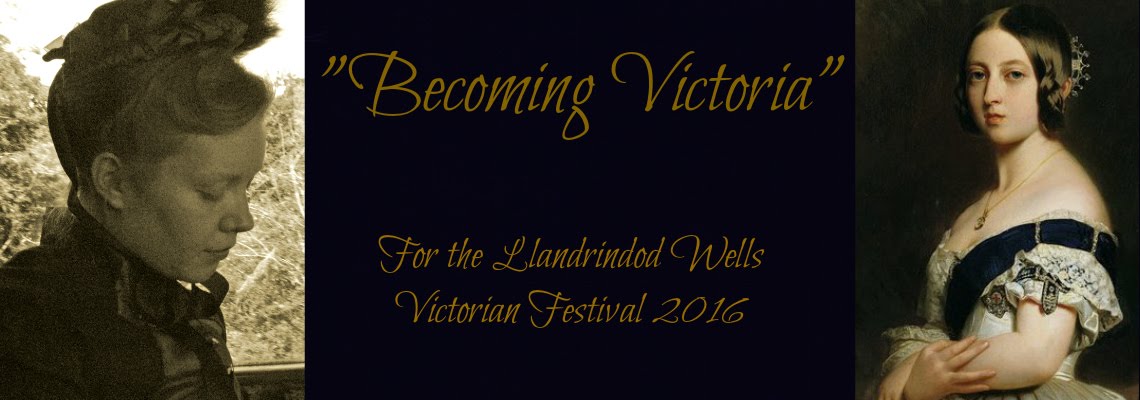39 days to go...
Work is progressing well on the silk dress and I thought I would share some of the stages of the bodice construction.
 |
| Preparing to cut the fabric |
Firstly, I cut all of the dress pieces from both the silk and the lining. It took some time to carefully position the pieces to ensure that the stripes matched where I wanted them to. The darts and curved seams of Victorian patterns make it impossible to match all of the seams but I chose to make sure that the front matched on the diagonal to create a chevron on the centre seam.
Some quick research into original dresses showed this way of using striped fabric to create visual interest was used in the 1840s. Both of these dresses from
The Manchester Gallery of Costume feature striped fabrics that have been cut to create a distinctive chevron pattern on the front of the bodice. You can click on the pictures below to find out more about each dress.
Once all of my pieces had been cut out, I matched all of the silk pieces with the cotton lining. The bodice is flat-lined which means that each lining piece is pinned to the back of its corresponding silk panel. These are then treated and stitched as one piece of fabric. To make them easier to handle you can edge stitch around the pieces to prevent the fabric from moving. However, I chose not to do this as I did not want visible machine stitching even on the inside of the dress. To make the dress more authentic I am hand-stitching the majority of the bodice, including hand-finishing the seams.
 |
| Matching silk and lining pieces cut out |
 |
| Positioning and pinning the lining to the silk |
I stitched the front pieces first as there is no piping on the front seams. First of all using the pattern and a tape measure I marked the seam lines for darts (the triangular slits at the front) on the lining side of the fabric. Closing these darts gives the bodice a three-dimensional shape which is slimmer at the waist and shaped to accommodate the bust.
 |
| Marking the seam lines for the darts |
 |
| The darts stitched closed |
Before stitching the rest of the bodice, I then applied piping to the side and back seams. The piping cord is positioned on the outside of the seam line. When the pieces are stitched together, the piping sits on the outside of the seam.
 |
| Piping applied to the side back panel |
I also turned in and slip-stiched down the facings at the centre back where the bodice will open and close.
 |
| Centre back facing slip-stitched to the lining |
It was then time to attach all of the pieces together, paying careful attention to matching the stripes at the front and sewing as closely and neatly as possible next to the piping.
 |
| The inside of the bodice |
The seams are carefully ironed on both sides to press them flat. Curved seams are clipped at intervals to allow them to lie flat. This can be done with a simple snip finishing just before the stitching but I chose to cut out small shaped triangles as this is the technique that I have seen used on curved seams in many original garments. It also creates an attractive seam finish on the inside. All of the raw edges where whip-stitched to finish the edges. This involves taking quick single stitches at a slight angle that loop around the raw edge and help to prevent the fabric from fraying.
 |
| Piping on the bottom edge |
Finally, the top and bottom edges were finished with piping. On the top edge, the seam allowance of the piping was turned to the inside, folded over and stitched to the lining. However, on the bottom, I have left about 2/8" of fabric below the piping where I will attach the skirt.
In my next post I will share how I have created convertible sleeves which can be worn either long or short to make this dress suitable to wear in the day and in the evening.












No comments:
Post a Comment
Please feel free to share your comments and questions here